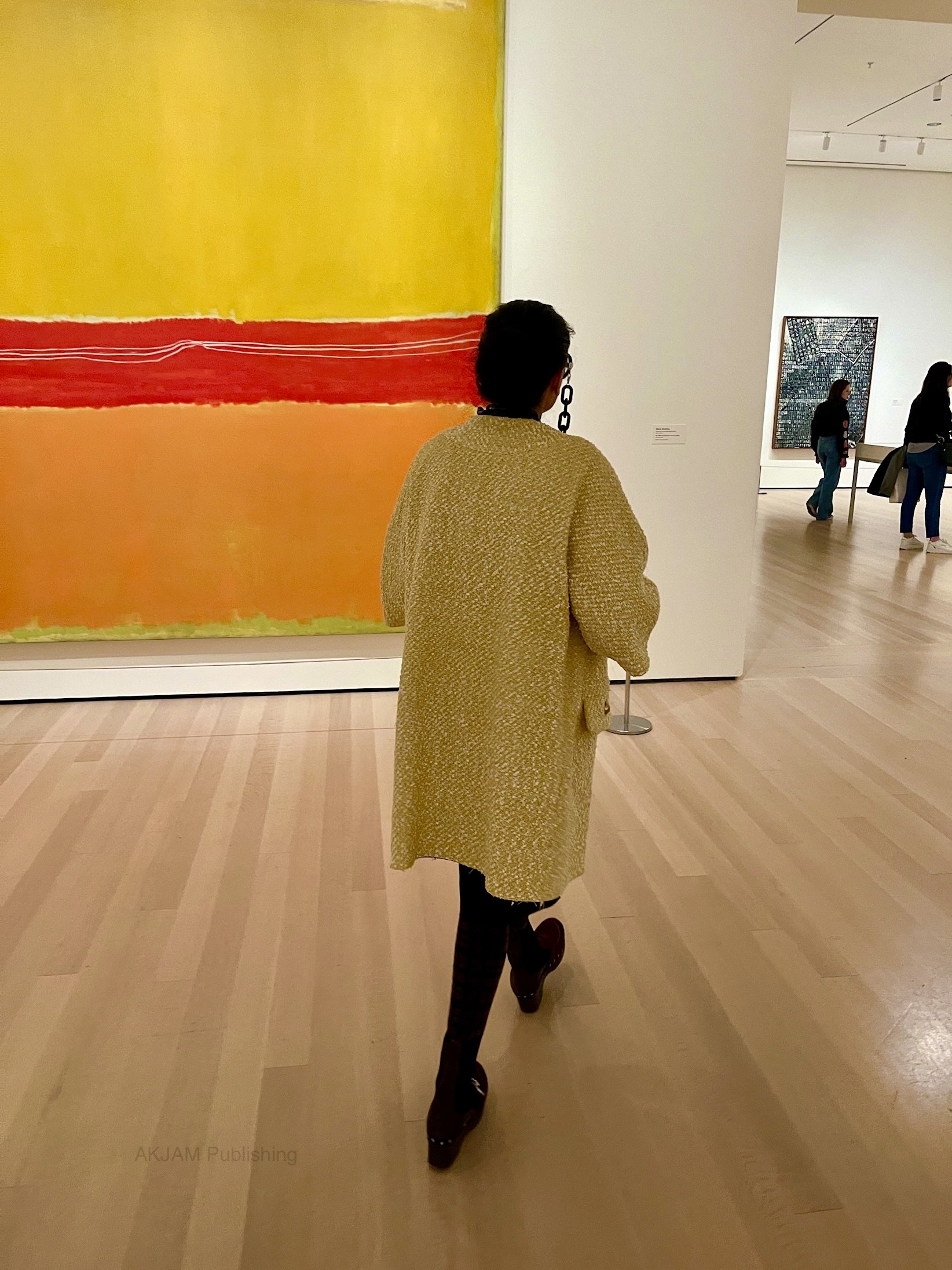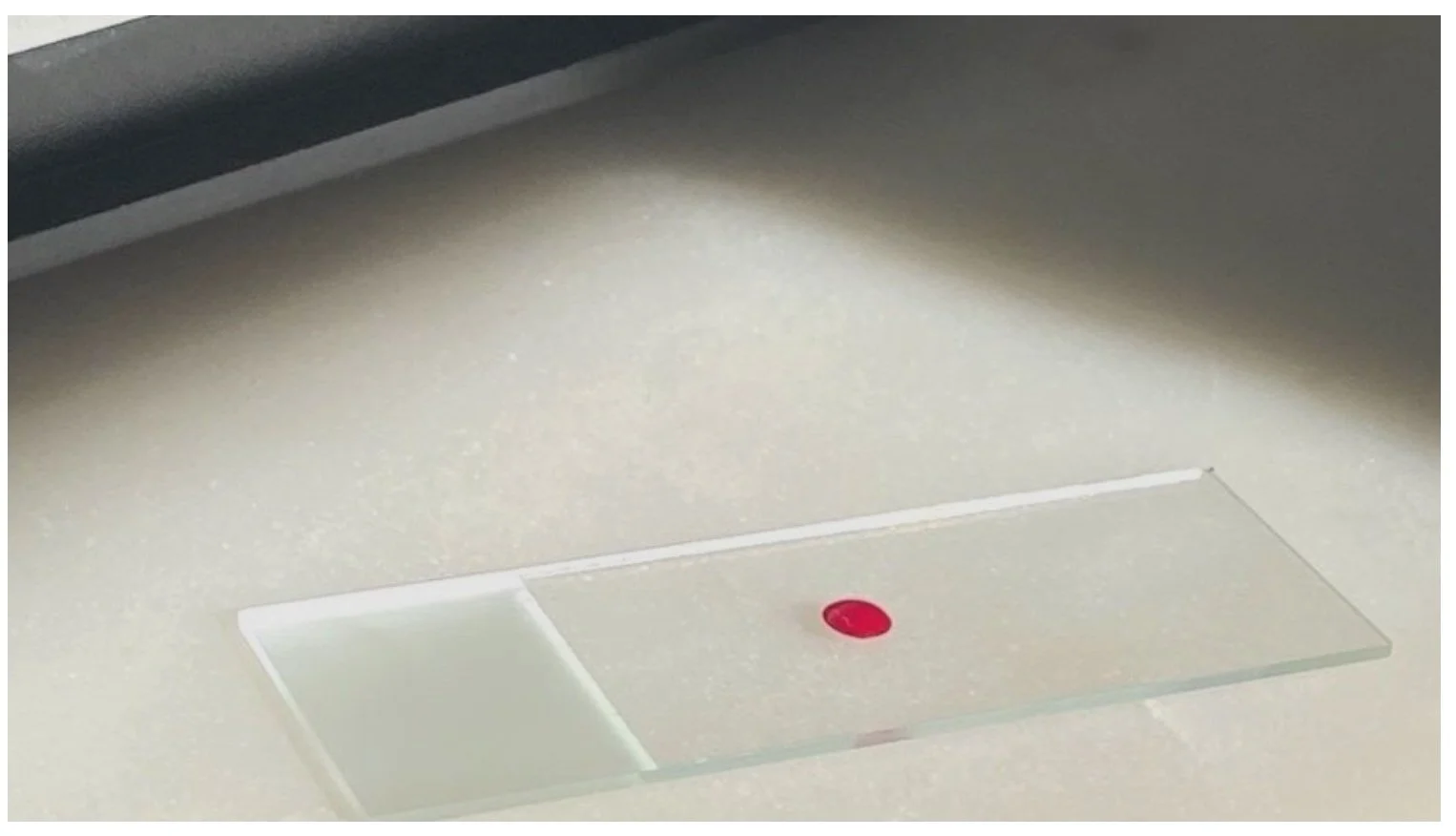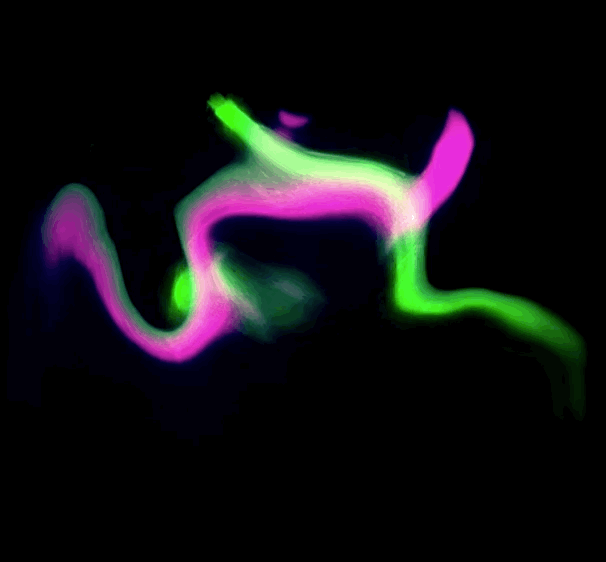Chocolate: The Food of Gods, The Treat of Pagans
A Chocolate a Day
is the Doctor’s Philosophy…
Chocolate keeps away the hangry
We all know and love chocolate. Well, most Americans in the US do since we’re eating nearly 3 billion pounds of it every year. That’s over 9 pounds per person per year. The Swiss eat way more than the US… as I would if I lived near Lindt.
Oh, you’re the one person reading this that dislikes chocolate? Well, it was good enough for royalty in the early 20th century when commemorative tins were filled with “just right” Messrs. Rowntree chocolates were made for the King’s Coronation Dinner, but a small percentage of folks just can’t conform. The reason for these haters is due to a chemical and I refuse to write in detail about that because it’s gross and sacrilegious. All that I will reveal is that it has to do with lipolysis (hydrolysis of lipids and fats), butyric acid (glycerol ester in butter and animal fat), and polyglycerol polyricinoleate (a glycerol + fatty acid emulsifier).
Now, back to our little cacao treat…
Its History is in Its Genetics
Named by Carl Linnaeus for “food for the gods”, Theobroma cacao, aka chocolate, has a globally shared rich history. Because cacao has been consumed since either 1400 BC or 460 AD (take the published word of Osorio-Guarín et al. 2018 or Leyva-Soto et al. 2018)- from birthday cakes to overflowing Halloween treat bags, Christmas Buche de Noel’s, and Easter bunnies- chocolate is a hot commodity and its cultivation has needed to keep up with global demand. To gratify the superior standards of connoisseurs, only alleles and SNPs from genetic sequencing analyses reveal which types are the purest cacao ancestors and the range of variability between genomes of cacao from various regions. Hey, this isn’t 23andMe, so whichever you like, Swiss Lindt or American Snickers, thank the great Amazon (no, not the e-commerce site helmed by Gazillionaire Jeff Bezos) for producing the original T. cacao tree over 3 thousand years ago. The T. cacao tree bestows us with cacao beans that we make into chocolate confections… and liquor, cosmetics, oh my.
“We are dreadfully aware that simply eating dark chocolate won’t melt those so-called last five pounds”
Processing Health
Not all chocolate bars or drinks are the same. Dark and milk chocolate are completely different due to level of bitterness, percentage of pure unprocessed cocoa, and amount of sweeteners. To make chocolate taste less bitter, cocoa beans were processed by the 19th century chemist Coenraad Johannes van Houten. His addition of alkaline salts, increase in the solubility of cocoa, and removal of fats (cocoa butter) was known as “Dutch process chocolate”. Van Houten didn’t add starch, like others, so it was readily soluble in hot water to drink. John Cadbury of Cadbury Chocolates started serving hand ground cocoa in 1824 in his quaint grocery shop just over 2 hours north-west of London. At this point, high purity cacao powder was used as a wholesome non-alcoholic drink and Cadbury’s Cocoa Essence became popularized. Then, in 1875 Cadbury marketed the first milk chocolate bar with medical testimonies to help sell it in mass quantities. Soldiers consumed it to increase their vitality and others to fend off hunger. The boasted medicinal benefits? Two chocolate bars were made with nearly the same amount of milk that was consumed daily to maintain overall good health. Who wouldn’t take a chocolate bar before a glass of milk? Unfortunately, increased processing and additives led to chocolate being regarded as “junk food” in more recent decades.
“Chocolate keeps away that ‘hangry’ feeling”
Eventually researchers found that processed cocoa beans have less antioxidants that are beneficial to immunity and heart health. Overindulgence in sugary concoctions, either chocolate or liquor, normally leads to unwanted pounds, thus increasing the probability of obesity. Shrinking waistlines were noted when undergraduate students spent half a year eating dark chocolate that consisted of 70% cacao, nearly 55% phenolic content from flavonoids, and approximately 35 µmol/g of the flavonoid catechin. Those flavonoids may have been directly or indirectly responsible for the observed declines in LDL-cholesterol and DNA damage. Extracts of phenol from chocolate influenced oxidative stress in the immune system of clinically obese subjects more than in lean ones after eating only 2-7g/day. Researchers have determined that physical activity along with nutrition are better at addressing conditions that affect metabolism and unwanted fat.
Although today we are dreadfully aware that simply eating dark chocolate won’t melt those so-called last five pounds, this was not the case in the mid 1800’s for Mrs. Ernest Hart, aka Alice Marion Rowland- trained in medicine for women in Paris and London, wife of a renowned surgeon and editor of The British Medical Journal, and sister of social reformer Henrietta Barnett. She wrote in Hospital that chocolate keeps away that “hangry” feeling after analyzing cocoa’s fat and the alkaloid content. Stewing, infusing, or boiling cocoa provided all the nutrients needed in a regular diet and staved hunger for 8-9 hours. Seems like Snickers stuck with this conviction.
Willy Wonka and Mary Poppins had it right. A dose of one’s medicine tastier when mixed with something sweet. It’s an age-old trick and the reason why some children’s cough medicines are made as chocolate formulations. Back in the day, castor oil was revered for some health benefits despite it’s awful taste. To make castor oil more palatable, chocolate was added in India in the late 1800’s. This consisted of forming tablets from a mixture of cacao powder, castor oil, and powdered sugar in a ratio of 50:50:100. They also added vanilla for flavor, which indicates that sweet is the dominant preferred taste.
““A Spoonful of sugar helps the medicine go down The medicine go down-wown The medicine go down Just a spoonful of sugar helps the medicine go down In a most delightful way” ”
Give it Up
Humans have a preference for high fat foods, so it’s evident why the checkout lines at the grocery store are filled with cacao treats. Luckily, chocolate overindulgences might be thwarted by conditioning. Igor’s in the lab found that either staying away from or producing a negative reaction to the stuff can help chocolate lovers. Two weeks of not eating chocolate decreased cravings for some. Too bad that they also found that deprivation increases hankerings in subjects who highly crave chocolate. The sugar and starch added to replace the fat in processed cacao can impede proper gut-brain transmission, which may explain the intensified cravings. In another study, subjects were more inclined to retain negative associations with chocolate after viewing various images of chocolate accompanied by “negative affective stimuli”. Contrarily, images of fruit were paired with positive stimuli, thus hoping to change preferences for unhealthy foods. Their experimental set-up is similar to Dr. Peter Venkman’s, a parapsychologist at Columbia University, in the Ghostbusters movie (1984). Dr. Venkman electroshocked the male subject, not the attractive female volunteer, when he gave the “wrong answer” during an ESP test. As a result, the overly shocked male subject was afraid to answer, but the female, who was never shocked, was confident in responding. On a less tormenting note, stocking and eating more fruit while convincing oneself that it’s better than chocolate can fix that fix.

















































